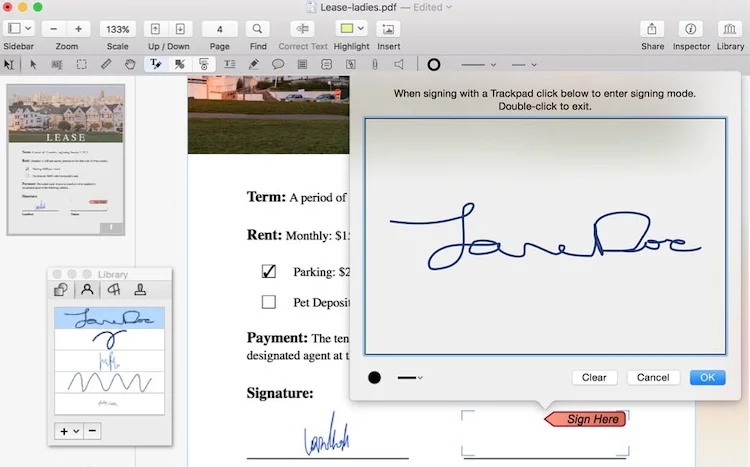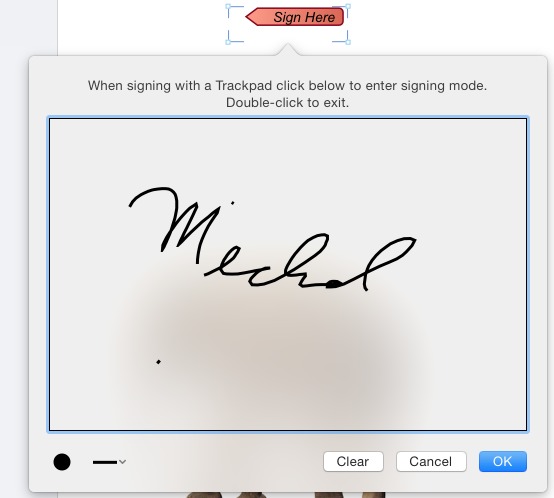
The percentage increase calculator above computes an increase or decrease of a specific percentage of the input number. Mathematically, this involves using the absolute value of the difference between two values, and dividing the result by the initial value, essentially calculating how much the initial value has changed. Percentage increase and decrease are calculated by computing the difference between two values and comparing that difference to the initial value. Refer to the equation below for clarification. Multiplying the result by 100 will yield the solution in percent, rather than decimal form. The percentage difference between two values is calculated by dividing the absolute value of the difference between two numbers by the average of those two numbers. This is essentially what the calculator above does, except that it accepts inputs in percent rather than decimal form. If solving manually, the formula requires the percentage in decimal form, so the solution for P needs to be multiplied by 100 in order to convert it to a percent.

However, if solving for the percentage, the value returned will be the actual percentage, not its decimal representation.

The calculator provided automatically converts the input percentage into a decimal to compute the solution. P is the percentage, V 1 is the first value that the percentage will modify, and V 2 is the result of the percentage operating on V 1. It is often denoted by the symbol "%" or simply as "percent" or "pct." For example, 35% is equivalent to the decimal 0.35, or the fraction 35Īlthough the percentage formula can be written in different forms, it is essentially an algebraic equation involving three values. In mathematics, a percentage is a number or ratio that represents a fraction of 100. Please provide any two values below and click the "Calculate" button to get the third value.

Home / math / percentage calculator Percentage Calculator


 0 kommentar(er)
0 kommentar(er)
